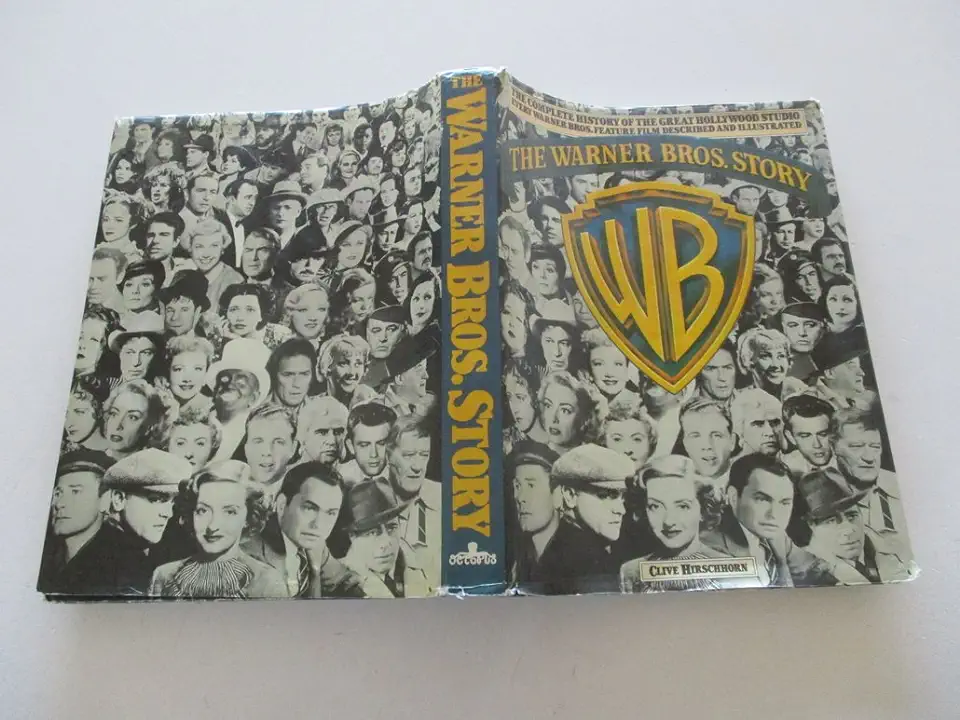
The Warner Bros. Story - Clive Hirschhorn
The Warner Bros. Story: A Comprehensive History of the Studio
Introduction
In the annals of Hollywood history, few studios have left an indelible mark like Warner Bros. Pictures. From its humble beginnings as a small film production company to its rise as a global entertainment giant, the Warner Bros. story is a captivating tale of innovation, creativity, and unwavering determination. This comprehensive history, meticulously crafted by Clive Hirschhorn, takes readers on a journey through the studio's illustrious past, showcasing its triumphs, challenges, and the remarkable individuals who shaped its legacy.
The Early Years: A Risky Venture
The Warner Bros. story begins in 1923 when four Polish immigrant brothers, Harry, Albert, Sam, and Jack Warner, ventured into the uncharted waters of the film industry. With limited resources and a burning passion for storytelling, they established their first studio in Hollywood. Despite facing numerous obstacles, the brothers persevered, producing a string of successful silent films that laid the foundation for their future success.
The Talkie Revolution and the Rise of the Studio System
The advent of talking pictures in the late 1920s transformed the film industry, and Warner Bros. was at the forefront of this revolutionary change. With the release of "The Jazz Singer" in 1927, the studio became the first to successfully incorporate synchronized sound into a feature-length film. This breakthrough marked a turning point in Hollywood, ushering in the era of the studio system and solidifying Warner Bros.' position as a major player in the industry.
The Golden Age of Hollywood: A Creative Explosion
The 1930s and 1940s marked the golden age of Hollywood, and Warner Bros. was at the epicenter of this creative explosion. The studio churned out a remarkable array of critically acclaimed films, including "Casablanca," "Gone with the Wind," and "The Maltese Falcon." These cinematic masterpieces showcased the studio's commitment to quality storytelling and its ability to attract and nurture some of the most talented filmmakers and actors of the era.
The Post-War Era: Challenges and Transformations
The post-war years brought about significant changes in the film industry, and Warner Bros. faced its share of challenges. The rise of television and the decline of the studio system forced the studio to adapt and evolve. Despite these obstacles, Warner Bros. continued to produce notable films, such as "Singin' in the Rain" and "Rebel Without a Cause," which showcased the studio's ability to stay relevant and resonate with audiences.
The Modern Era: Reinvention and Global Expansion
In the modern era, Warner Bros. underwent a remarkable transformation, embracing new technologies and expanding its reach globally. The studio's acquisition by Time Warner in 1990 marked a significant turning point, providing access to vast resources and enabling the studio to produce even more ambitious and groundbreaking films. Blockbuster franchises like "Harry Potter," "The Lord of the Rings," and the DC Extended Universe propelled Warner Bros. to new heights, solidifying its position as one of the most successful studios in the world.
Conclusion: A Legacy of Excellence
Throughout its storied history, Warner Bros. Pictures has consistently demonstrated its commitment to excellence, innovation, and captivating storytelling. From its humble beginnings to its current status as a global entertainment powerhouse, the studio has left an indelible mark on the world of cinema. "The Warner Bros. Story" is a must-read for anyone passionate about film history, offering a comprehensive and engaging account of the studio's remarkable journey. Immerse yourself in the fascinating world of Warner Bros. and discover the magic behind some of the most iconic films ever made.